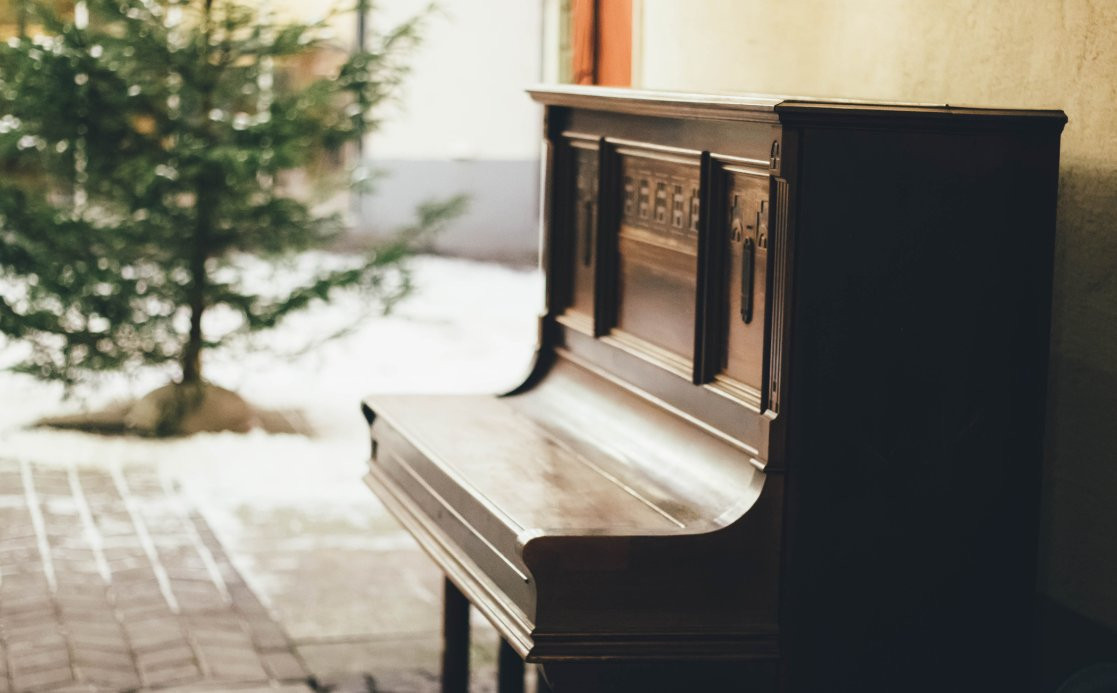How to Choose the Right Upright Piano

For piano enthusiasts, grasping the diverse upright piano market is crucial, irrespective of their musical proficiency. This article discusses four types of upright pianos in the market, detailing their unique characters and intended purposes. This will assist you in making an informed choice that aligns perfectly with your needs.
The term "Spinet" has Italian origins, derived from "Spinetta," a word encompassing all quilled instruments. Spinet pianos found their way into countless households during the mid-1930s. Their compact size sets them apart, making them an excellent fit for smaller living spaces. They were often able to afford lower-income families. Structurally, spinet pianos differ from regular pianos. The name "Spinet" refers to the 17th-century harpsichord known as the spinet piano. Spinets typically have a winged shape, drop-action keys, and shortened strings. However, due to their limited harmonics and tonal quality, production ceased in the 1990s. Today, you might stumble upon these pianos gathering dust in old homes or piano stores. They are ideal for first-time players or those with space constraints.
The Console Piano
Console pianos represent the largest category of upright pianos. They crucially differ from grand pianos – their hammer-on-string action is vertical rather than horizontal. Typically standing at 40" to 44", console pianos balance compactness and superior sound quality compared to spinets. These pianos are perfect for home pianists, beginners, or advanced players. The console piano boasts a normal action that sits on top of the keys, with hammers upright rather than dropped. It's an excellent addition to any home, offering both aesthetics and impressive sound.
The Studio Piano
Studio pianos, also categorized as upright pianos, feature a vertical hammer-on-string action, distinguishing them from grand pianos. Measuring at least 45" in height, studio pianos excel in sound production compared to spinets and console pianos. Their longer soundboards and strings contribute to a richer and more resonant tone. The studio piano boasts a full-sized action, allowing players to extract the full dynamic range of a piano effortlessly. Whether you prefer soft pianissimo or resounding fortissimo, a studio piano delivers. Yamaha and Kawai are renowned for crafting excellent studio pianos, making them a top choice for serious pianists.
The Upright Piano
Upright pianos have maintained their popularity for decades. Originating in 1805, they were often referred to as "cottage" pianos due to their space-saving design. Unlike their more winged counterparts, upright pianos have a square-box structure with a keyboard protruding from the front, giving them their signature "upright" appearance. Their enduring popularity is due to their space-efficient design and enduring musical quality. They are a classic choice that fits well in various settings.
Choosing Your Upright Piano
The world of pianos is big, and each type of pianos offers a multitude of shapes, sizes, and sounds. Selecting the right one for your musical journey can be difficult. However, consulting with a piano expert, such as those at The Piano Gallery, is an excellent starting point. They can guide you through the nuances of each piano type, ensuring that your choice aligns perfectly with your musical aspirations and available space. So, confidently embark on your musical journey with knowledge of upright pianos and their unique attributes.
You can Buy digital piano, Buy grand piano, Buy upright piano from our piano store in Dubai with amazing deals & offers.
